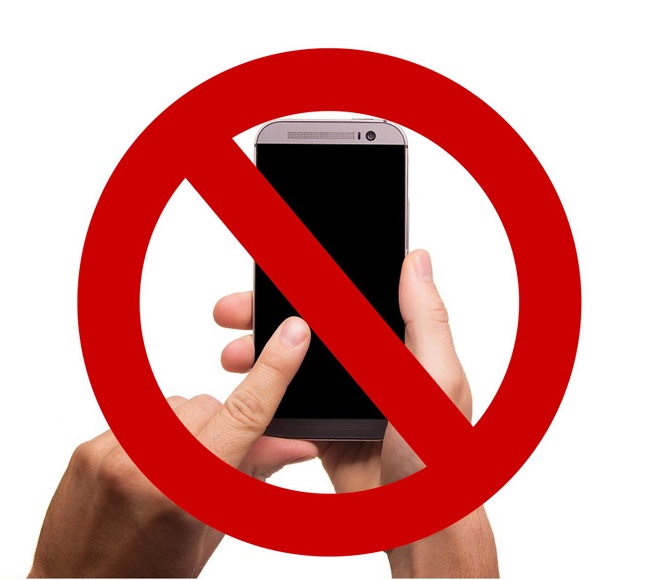Reports of device batteries catching fire may harm the brand’s reputation but suppliers will feel the financial pinch.
Samsung Electronics has announced a massive Galaxy Note 7 recall following a growing number of reports of exploding batteries. The devices have been catching fire while they were recharging. This could mean Samsung’s reputation may take a hard hit. However, the brunt of the financial impact could end up being directed at the company’s suppliers.
Samsung’s response to the rechargeable battery problems with the Note 7 has been a rapid one.
When the Galaxy Note 7 recall was announced, Samsung said it would provide a free battery replacement or after/service. That said, it has decided not to offer customers a refund. This has been interpreted as a strategy to reduce the impact of the incident on the brand. It has also been seen as a rather inconvenient offer for the customer.
 The Note 7’s official launch was on August 19 in Korea. Media there reported the sale of over 400,000 units within the country. J.P. Morgan has estimated that there will also be a delay in the shipment of up to two million units, assuming the recall affects all the devices that have been made.
The Note 7’s official launch was on August 19 in Korea. Media there reported the sale of over 400,000 units within the country. J.P. Morgan has estimated that there will also be a delay in the shipment of up to two million units, assuming the recall affects all the devices that have been made.
The Galaxy Note 7 recall may also play a large role in deflating the current market response.
J.P. Morgan’s report said “This could also cool down heated market response, but we do not expect a material impact on sell-through in the next three to six months.”
That said, the analysts have recently reduced the level of their downside risk expectations. They have predicted that they might drop from the level maintained at present to approximately 13 million units during the third and fourth quarters of this year. The J.P. Morgan analysts explained “The company plans to correct the recall-related supply bottleneck within next couple of weeks and we expect a solid sell-in/sell-through trend from later part of this quarter.”
It’s important to point out that the incidents leading to the Galaxy Note 7 occurred only during the wired charging. The wireless charging feature has not been associated with the fires.
Students between the ages of 10 and 15 years have thrown their support behind banning classroom phone use.
A mobile phone ban in schools is a rapid way to drum up controversy. It has already caused many debates in the United States as well as other countries around the world. That said, in Swedish classrooms, students aged 10 to 15 years old have supported the decision to stop the use of phones at school.
With the rapid penetration of smartphones among students, the schools suddenly found themselves falling behind.
The school regulations were not keeping up with the massive rise in smartphone use among students. This allowed policies on the subject to be established on a class by class basis. That said, universal policies regarding phone usage in the classrooms were not created. It was up to the individual teachers. While some implemented an all-out mobile phone ban, the majority decided to simply turn a blind eye.
Many parents opposed a mobile phone ban as they wanted to be able to be in direct contact with their kids.
 Over time, the trend toward a smartphone ban became greater among the schools. Still, the degree of the ban was different from one school to the next. Some were far more restrictive than others.
Over time, the trend toward a smartphone ban became greater among the schools. Still, the degree of the ban was different from one school to the next. Some were far more restrictive than others.
A Norwegian telecommunications company called Telnor recently conducted a survey. Results revealed only 6 percent of students between the ages of 10 and 15 years old in Sweden say smartphones are permitted in their classrooms. Though 53 percent said they can use mobile phones at school, this is not permitted within the class.
That said, there remains 40 percent of Swedish students aged 10 to 15 years who say their smartphones are not banned in any way. Among those, 57 percent support a ban. Only 14 percent feel a ban is bad.
There are many reasons for a mobile phone ban, according to Telnor. Lina Sundqvist is the person at Telnor’s who is responsible for the company’s Nätprat (‘net speak’) initiative and for consumer security. Sundqvist said “The reasons for the bans are many and seem to vary between different schools. Amongst other reasons are: to decrease distractions in the students’ working environments, to make students exercise more during recess, and to decrease internet bullying and abuse.”
 The Note 7’s official launch was on August 19 in Korea. Media there reported the sale of over 400,000 units within the country. J.P. Morgan has estimated that there will also be a delay in the shipment of up to two million units, assuming the recall affects all the devices that have been made.
The Note 7’s official launch was on August 19 in Korea. Media there reported the sale of over 400,000 units within the country. J.P. Morgan has estimated that there will also be a delay in the shipment of up to two million units, assuming the recall affects all the devices that have been made.
 Over time, the trend toward a
Over time, the trend toward a 